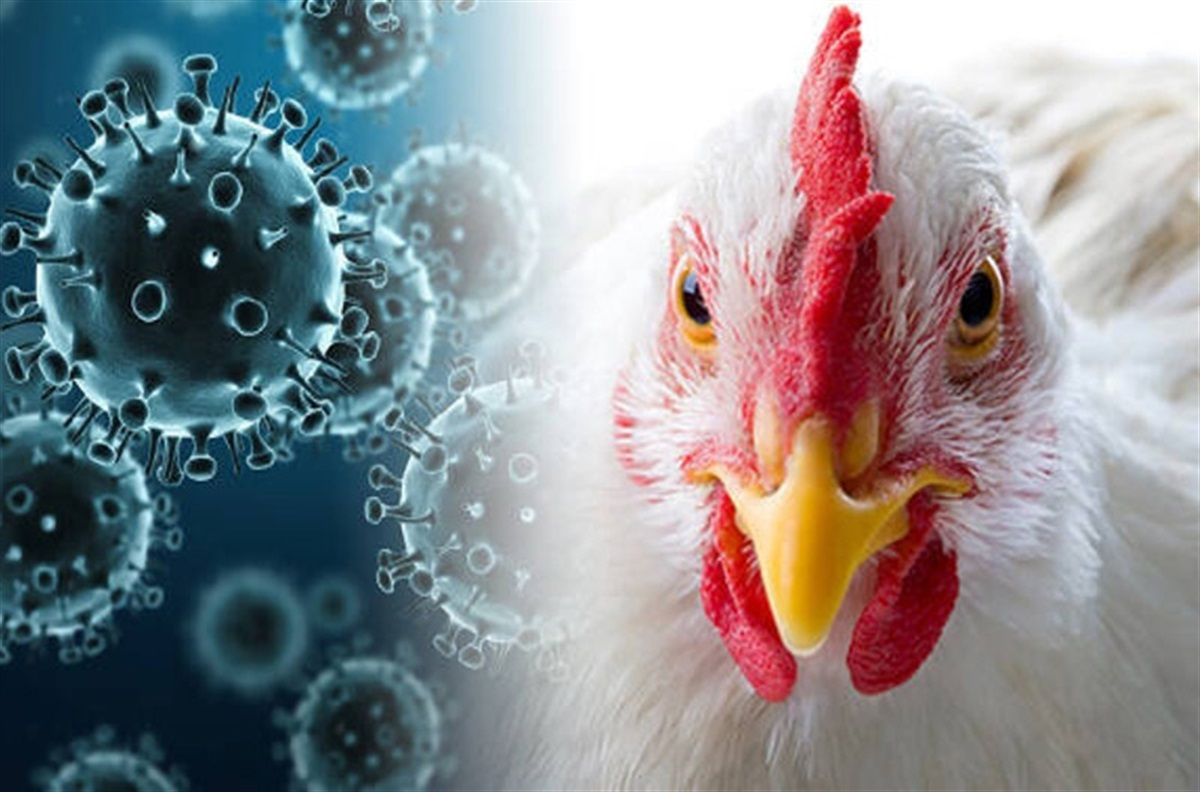Chilean man infected with bird flu strain showing concerning mutations for human transmission
A recent case of bird flu infection in Chile has raised concerns after lab tests revealed two concerning mutations in the virus. The 53-year-old patient was hospitalized after developing flu-like symptoms and tested positive for the H5N1 virus strain. The genetic sequencing of the virus in his lungs showed mutations

A recent case of bird flu infection in Chile has raised concerns after lab tests revealed two concerning mutations in the virus. The 53-year-old patient was hospitalized after developing flu-like symptoms and tested positive for the H5N1 virus strain. The genetic sequencing of the virus in his lungs showed mutations in the PB2 gene, which could make it more transmissible and deadly in humans.
Experts had previously warned that the H5N1 virus strain was just three or four mutations away from causing a pandemic. The virus is causing record infections in birds and mammals. The man is believed to have contracted the virus through contact with sick or dead birds.
The Centers for Disease Control and Prevention (CDC) stated that the mutations did not change the overall risk assessment of the virus, which remains primarily an animal health issue. The CDC also said there was no evidence that the mutations would make it easier for the virus to spread among people.
While there is no evidence yet that the mutated virus has spread to other people or developed the ability to fight off current medicines or evade vaccines, experts have cautioned that the more the H5N1 virus infects mammals, the more likely it is to develop new adaptation mutations. This highlights the need to find ways to address the global increase in H5N1 infections to prevent the virus from spilling over into mammals.
As the virus can mutate as it jumps from animal to animal or person to person, the risk of new variants and mutant strains remains. It is important to monitor the situation closely and take necessary precautions to prevent the spread of the virus.




